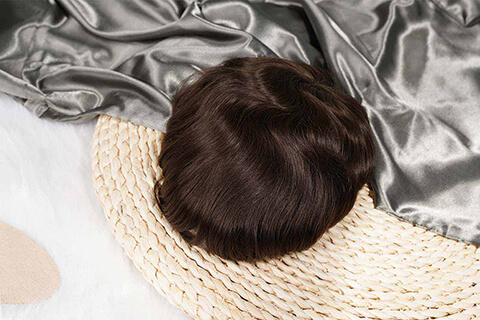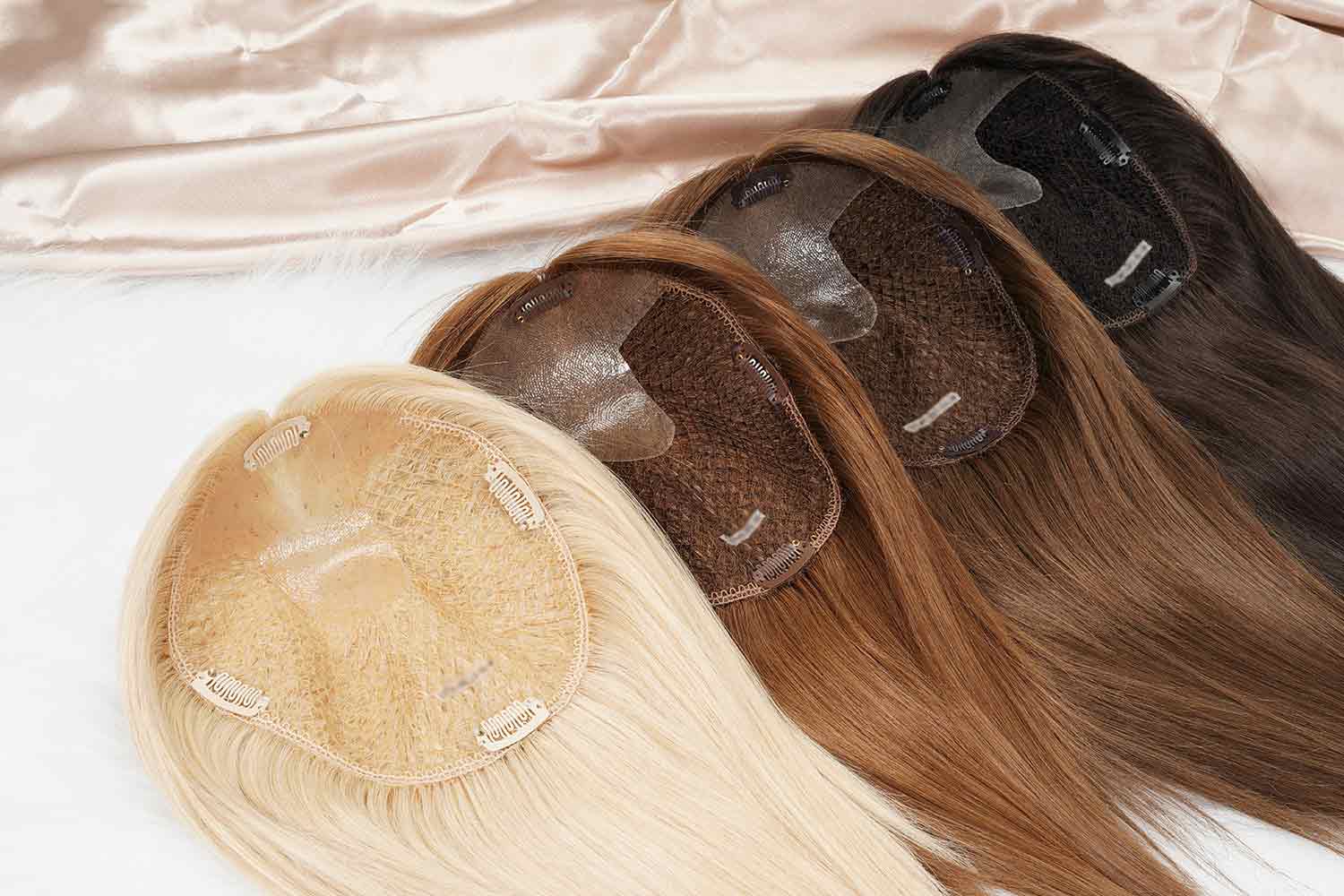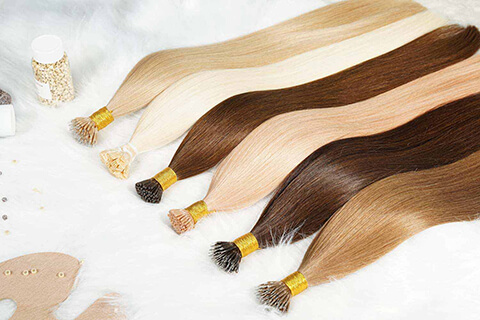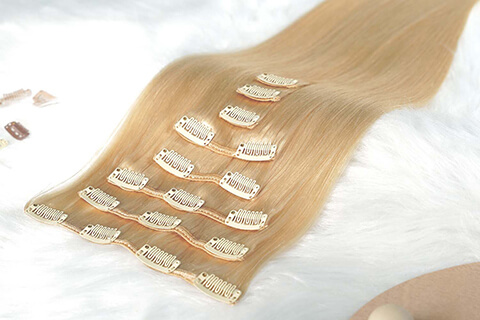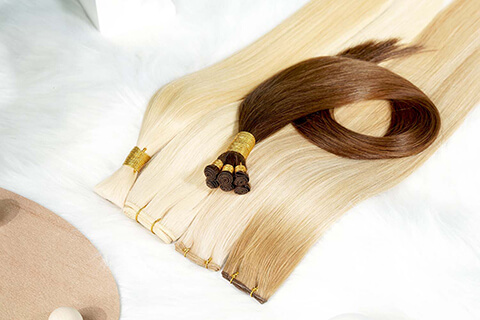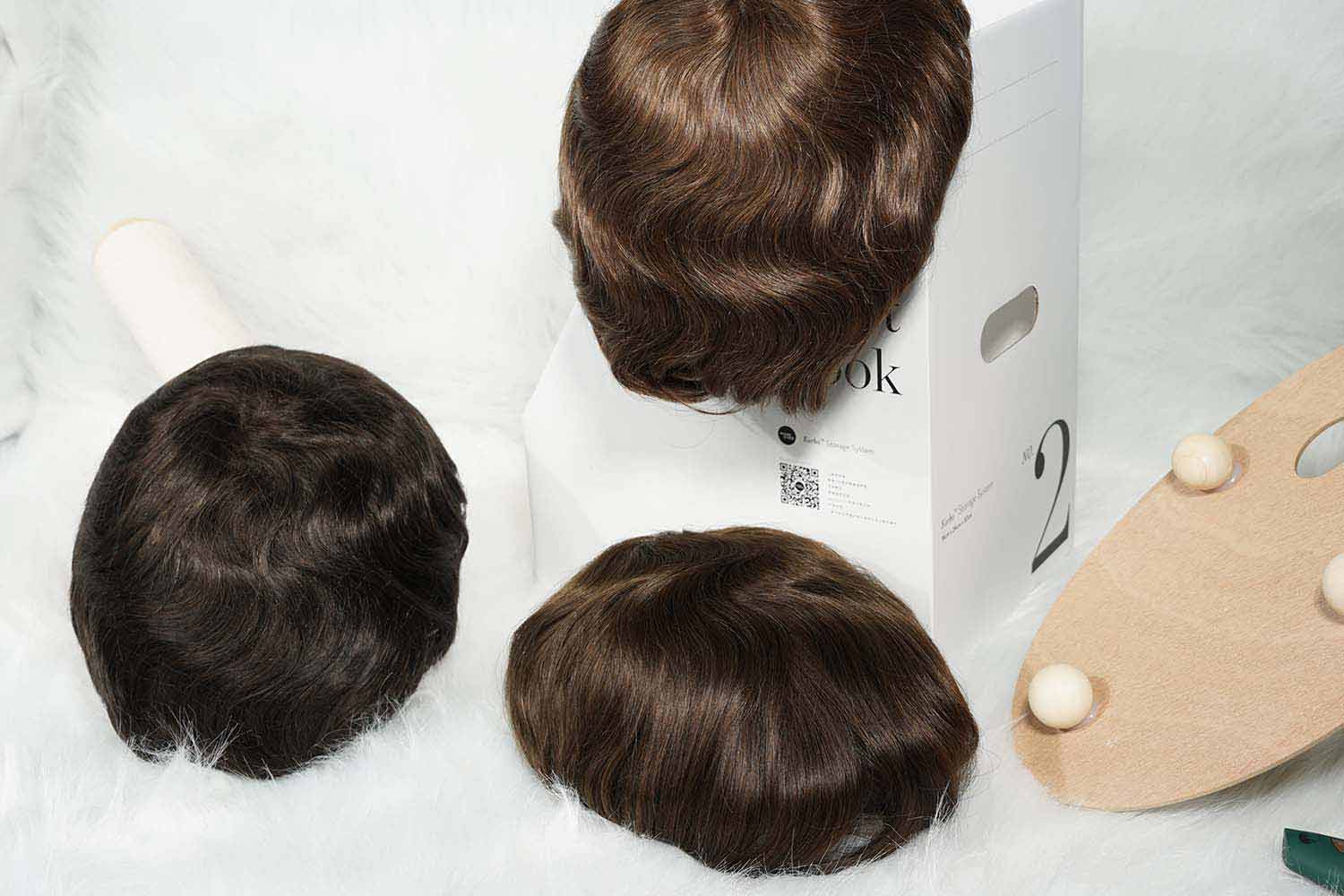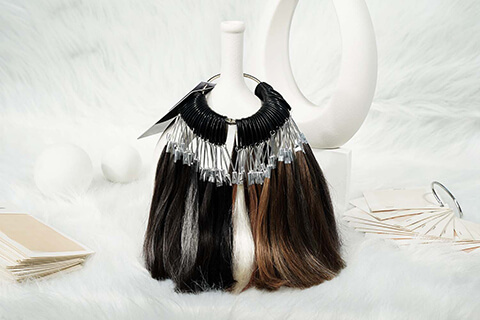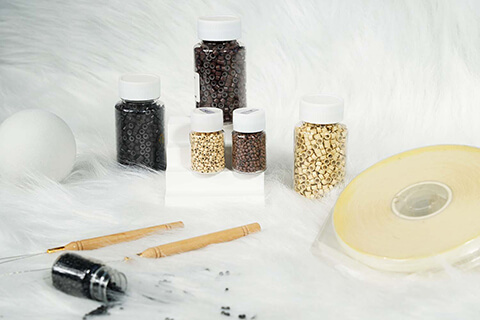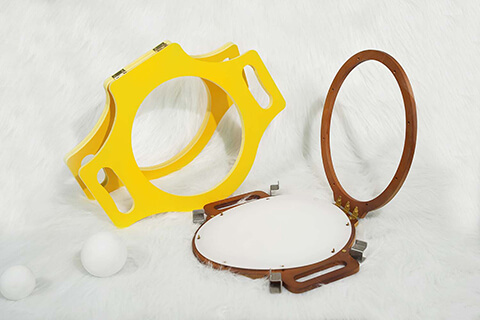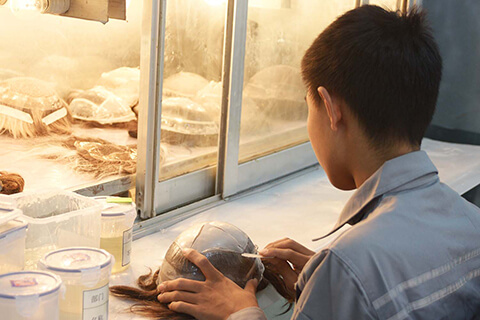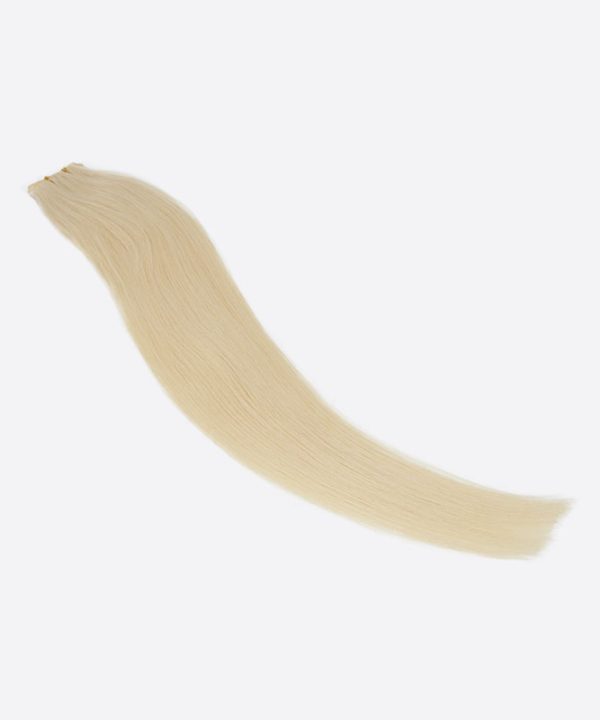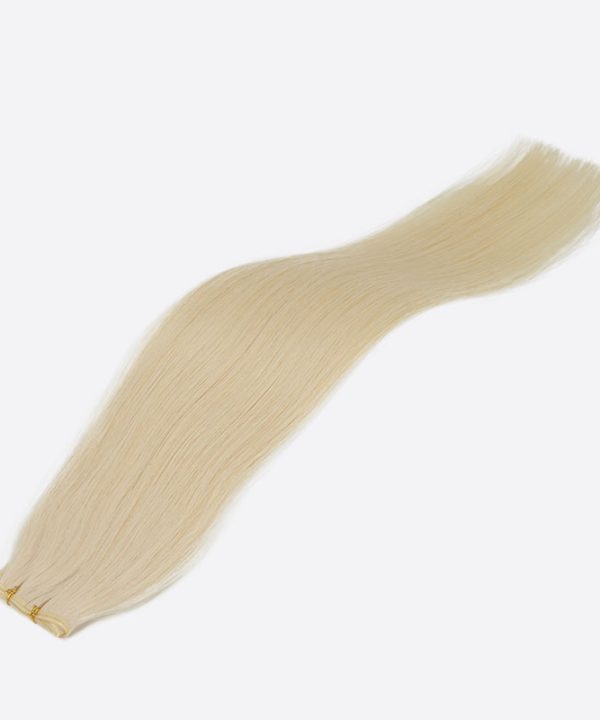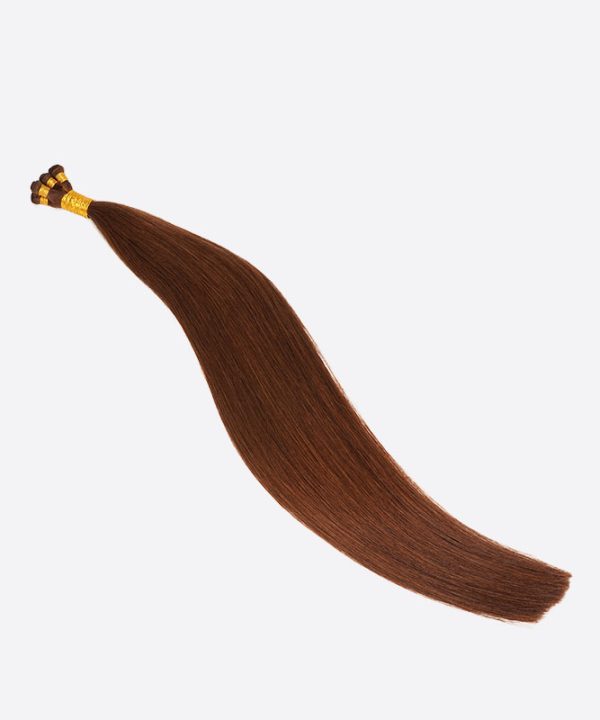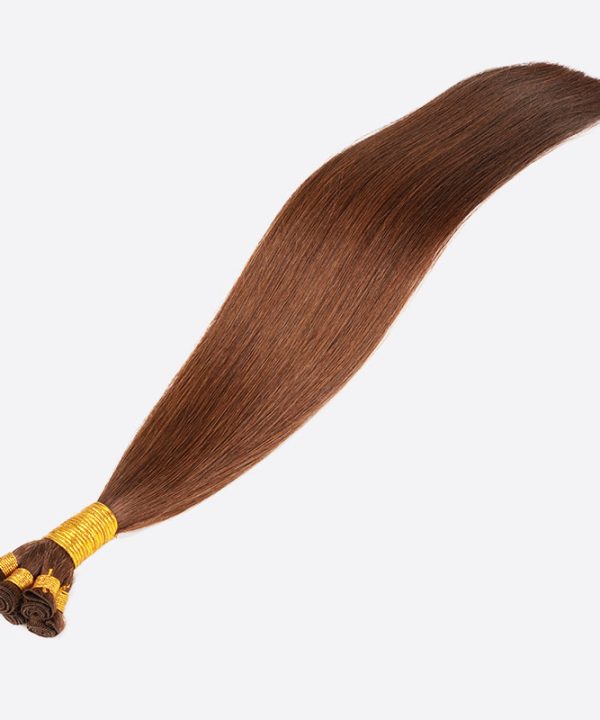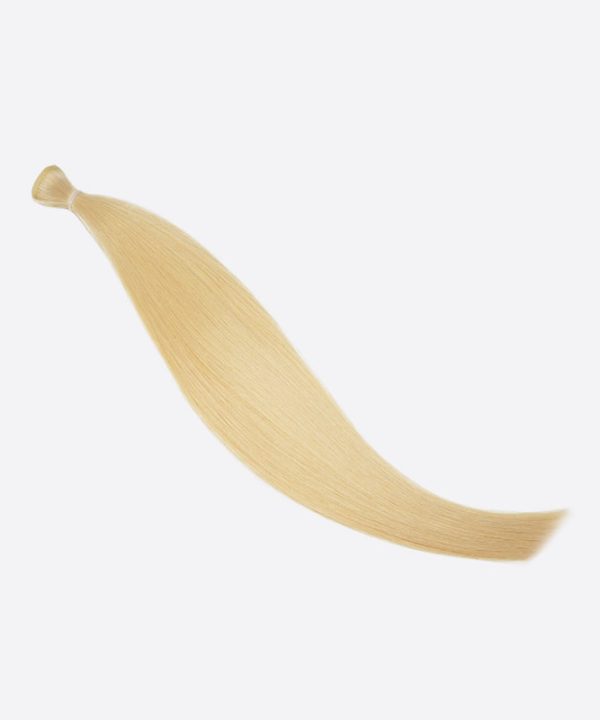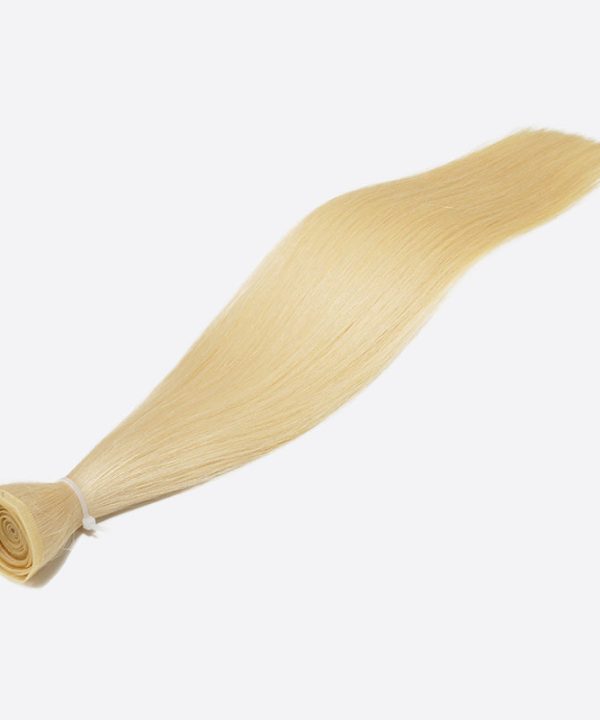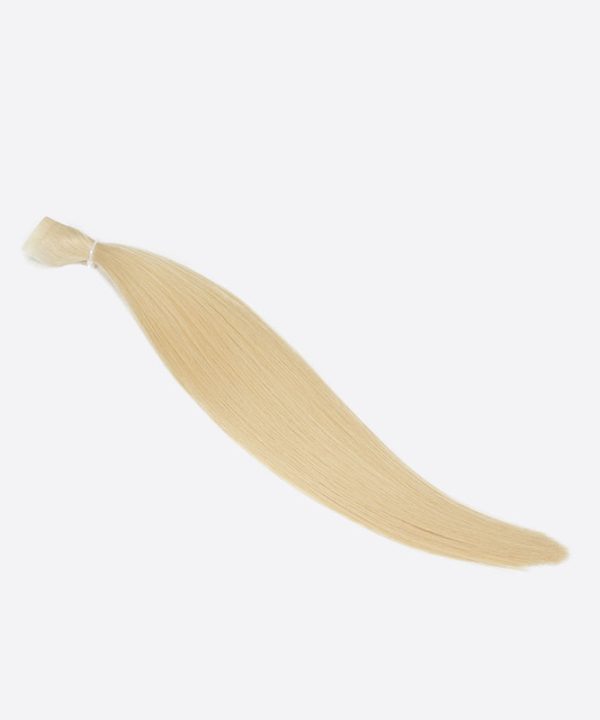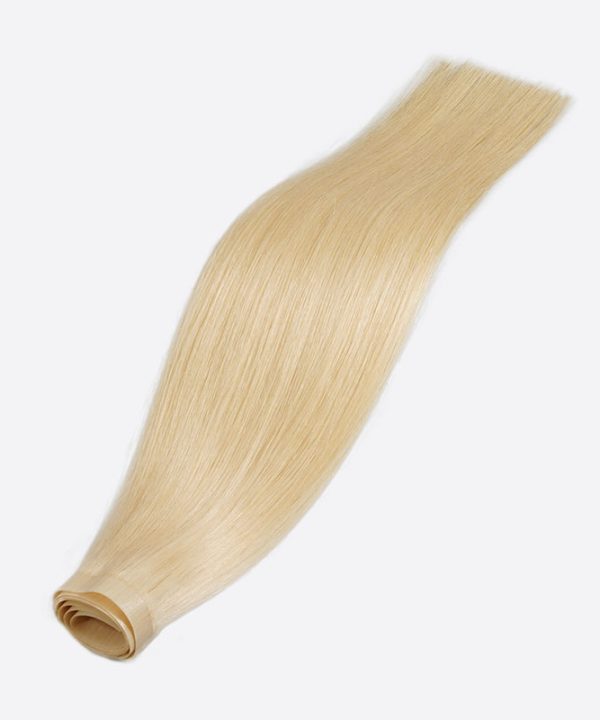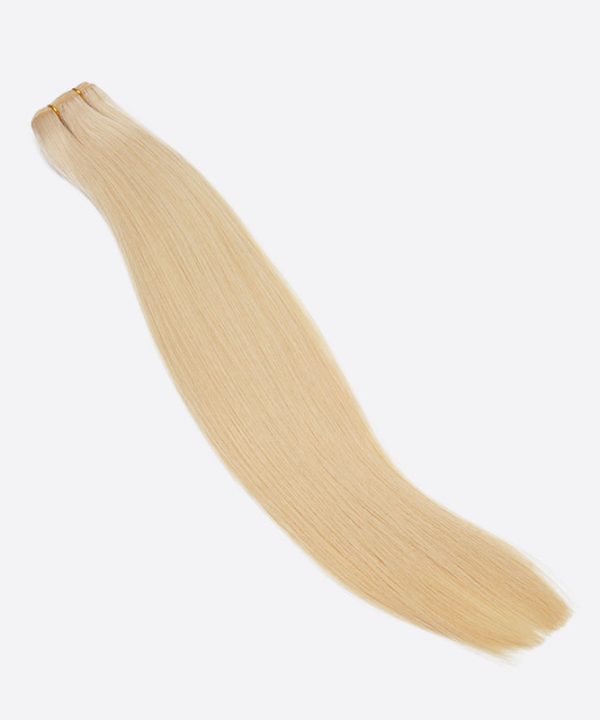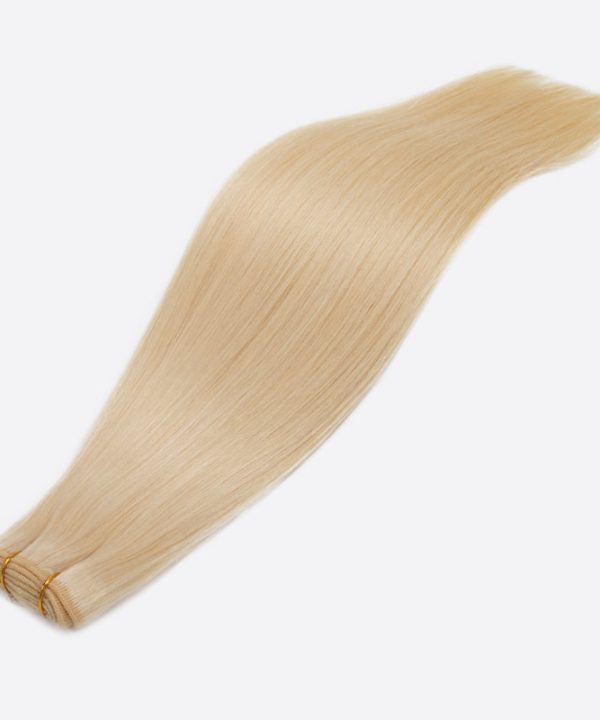No products in the cart.
GET IN TOUCH
If you want to know anything about our hair systems, simply send us a message by clicking the button below.
Frequently Asked Questions
1. What Are Weft Hair Extensions?
A category of hair extensions that are glued or sewn onto a track of fabric or silicon. A weft can be of human hair or synthetic hair. Furthermore, it can be installed on natural hair via various methods like sew-in, tape-in, and braiding. Weft hair being present in various textures, colors, and lengths and the versatility of cutting, styling, and dyeing it like natural hair have made it a renowned option for those women who want to try different hairstyles without a long-term commitment.
2. Are There Any Cons Of Weft Hair Extensions?
Like any other thing, weft hair extensions have cons. Let's look at them.
Weft hair extensions require regular maintenance. It prevents matting and tangling. For this, regular maintenance includes brushing, washing, conditioning, and gentle care.
Weft hair extensions are expensive. Depending on its quality, the price ranges from a few hundred dollars to thousands of dollars.
If weft hair is unskillfully applied or removed in the wrong way, it can hurt the natural hair badly. It can result in hair breakage, hair thinning, or hair loss.
In the first few days of weft hair extension installation, it is uncomfortable. Weft hair weight causes headaches or scalp tension.
3. What Are The Types Of Weft Hair Extensions?
These are major types of weft hair extensions.
Hand-tied Wefts:
As the name suggests, hand-tied wefts are sewn by hand onto a weft. These types of wefts are lightweight, flexible, and blend seamlessly with natural hair. Hand-tied top the category of natural-looking wefts.
It's perfect for applying any hair texture and density but ideal for thin hair.
Machine Wefts:
Machine wefts are the ones sewn by machine onto a weft. These wefts are more durable than hand-tied wefts because of their sewing technique, but they make their seam thicker than hand-tied wefts.
Machine weft is best for thick and coarse hair.
Beaded Wefts:
Beaded wefts are a type of weft hair extension that is attached to natural hair using small metal beads. The weft is first threaded through a small section of natural hair, and then a metal bead is clamped onto the weft and the natural hair using pliers.
It is best for the ones who want to add length and volume to their hair without using glue or tape. However, like other hair wefts, it can damage natural hair if installed and removed improperly.
4. In Which Ways Weft Hair Extensions Can Be Installed?
Here are the top 5 ways in which weft extensions are installed.
Sew-in:
Sew-in is the most common method to install weft. In this method, all-natural hair is braided on the scalp. Then the thread is used to sew the weft onto the braids.
This method is usually recommended for people with thick, coarse, and curly hair.
Glue-in:
Yes, as the name suggests, wefts are installed using glue in this method. First, glue is applied on the weft and then pressed on the natural hair. This is quick and easy to install but can do irreversible damage to the hair if removed unprofessionally.
Tape-in:
In this method, the weft is cut into 1.5 inches-wide sections. Each weft has double-sided extension tape. A set of tape extensions (two tape-ins) is used to sandwich the natural hair.
This method is also quick and easy but not suitable for thin or very fine hair.
Clip-in:
For the clip-in method, clips are attached to the weft then the weft is clipped on the natural hair. It is one of the most popular choices for temporary hair extensions.
Micro-link:
The application of beaded weft is called micro-link extensions, as described above.
5. How Long Do Weft Hair Extensions Last?
Weft hair extensions have a different lifespan depending on several factors, including the type of weft, the installation method, and how well they are cared for. Here are some general guidelines for determining how long weft hair extensions can be worn:
Sew-in weft hair extensions can last up to 8 weeks with proper care before needing to be reinstalled.
Glue-in weft hair extensions can last up to four weeks before needing to be replaced.
Tape-in hair extensions can last up to 6-8 weeks before needing to be replaced.
Clip-in: Depending on how frequently they are worn and how well they are cared for, clip-in weft hair extensions can last several months or even years.
Micro-link: Micro-link weft hair extensions have a long lifespan. Micro-link weft hair extensions can last up to 8 weeks before needing to be replaced.
It is crucial to know that weft hair extensions must be properly cared for in order to last as long as possible. It includes:
- Regularly washing and conditioning the extensions.
- Avoiding heat styling tools.
- Using hair products designed specifically for extensions.
To avoid damaging the natural hair, extensions should be removed and reinstalled by a professional.
6. How Much Are Weft Hair Extensions?
Weft hair extensions prices vary due to these factors:
- The type of weft
- Type of hair
- The length and thickness of the hair
- The brand
Weft hair extensions can cost anywhere from $100 to $500 or more.
Sew-in weft hair extensions are typically the most cost-effective option, with prices ranging from $100 to $300.
Glue-in and tape-in weft hair extensions cost between $200 and $500. Clip-in weft hair extensions can cost between $100 and $400.
Micro-link weft hair extensions are typically the most expensive, ranging from $300 to $800 or more. However, micro-link extensions are the most durable and require the least amount of maintenance compared to other types of weft extensions.
The most important thing is to let your clients know not to underestimate purchasing quality wefts because otherwise, how much they care for your wefts won't last long. And you can offer them quality weft by choosing us as your supplier. So, head to www.bonohair.com for quality purchases.









